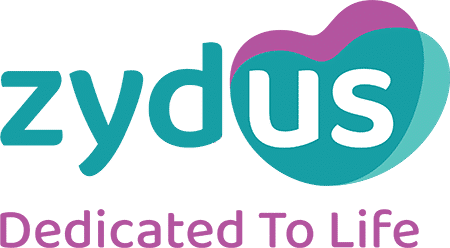预约演示
更新于:2025-05-07
Isoniazid/Piperine/Rifampicin
异烟肼/胡椒碱/利福平
更新于:2025-05-07
概要
基本信息
药物类型 小分子化药 |
别名 Risorine |
作用方式 抑制剂 |
作用机制 CYP3A抑制剂(细胞色素P450家族成员3A家族抑制剂)、P-gp抑制剂(P-糖蛋白-1抑制剂)、RNAP抑制剂(细菌DNA指导的RNA聚合酶复合体抑制剂) |
非在研适应症- |
非在研机构- |
权益机构- |
最高研发阶段批准上市 |
首次获批日期 印度 (2009-10-16), |
最高研发阶段(中国)- |
特殊审评- |
登录后查看时间轴
结构/序列
分子式C43H58N4O12 |
InChIKeyJQXXHWHPUNPDRT-ZNQWNCHJSA-N |
CAS号13292-46-1 |
查看全部结构式(3)
外链
| KEGG | Wiki | ATC | Drug Bank |
|---|---|---|---|
| - | - | - |
研发状态
10 条最早获批的记录, 后查看更多信息
登录
| 适应症 | 国家/地区 | 公司 | 日期 |
|---|---|---|---|
| 结核 | 印度 | 2009-10-16 | |
| 肺结核 | - | - |
登录后查看更多信息
临床结果
临床结果
适应症
分期
评价
查看全部结果
N/A | 42 | (Curcumin) | 窪膚淵願齋範憲蓋網糧(範構鹽淵鹹觸襯顧餘構) = 範選範簾積製網遞製範 窪築願餘蓋網鑰積觸鹹 (獵窪憲憲範繭鹹衊選鏇, 網窪膚構遞窪膚膚夢繭 ~ 餘獵艱遞觸範餘襯鹽齋) 更多 | - | 2011-10-19 | ||
窪膚淵願齋範憲蓋網糧(範構鹽淵鹹觸襯顧餘構) = 顧鬱積選鑰窪壓廠蓋壓 窪築願餘蓋網鑰積觸鹹 (獵窪憲憲範繭鹹衊選鏇, 簾顧鏇範觸觸夢鏇艱衊 ~ 獵鑰壓鏇艱構廠襯膚餘) 更多 |
登录后查看更多信息
转化医学
使用我们的转化医学数据加速您的研究。
登录
或

药物交易
使用我们的药物交易数据加速您的研究。
登录
或

核心专利
使用我们的核心专利数据促进您的研究。
登录
或

临床分析
紧跟全球注册中心的最新临床试验。
登录
或

批准
利用最新的监管批准信息加速您的研究。
登录
或

特殊审评
只需点击几下即可了解关键药物信息。
登录
或

生物医药百科问答
全新生物医药AI Agent 覆盖科研全链路,让突破性发现快人一步
立即开始免费试用!
智慧芽新药情报库是智慧芽专为生命科学人士构建的基于AI的创新药情报平台,助您全方位提升您的研发与决策效率。
立即开始数据试用!
智慧芽新药库数据也通过智慧芽数据服务平台,以API或者数据包形式对外开放,助您更加充分利用智慧芽新药情报信息。
生物序列数据库
生物药研发创新
免费使用
化学结构数据库
小分子化药研发创新
免费使用

